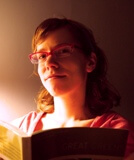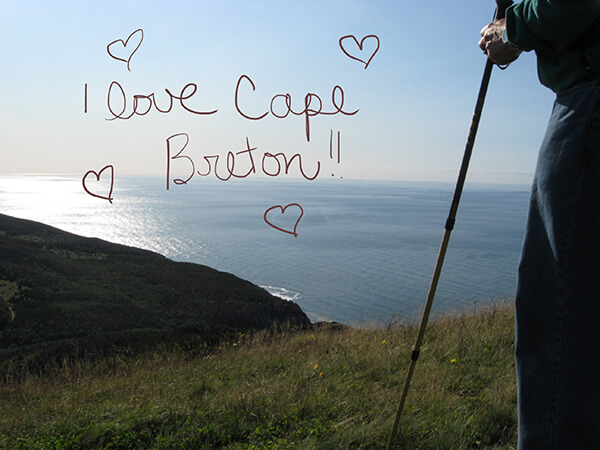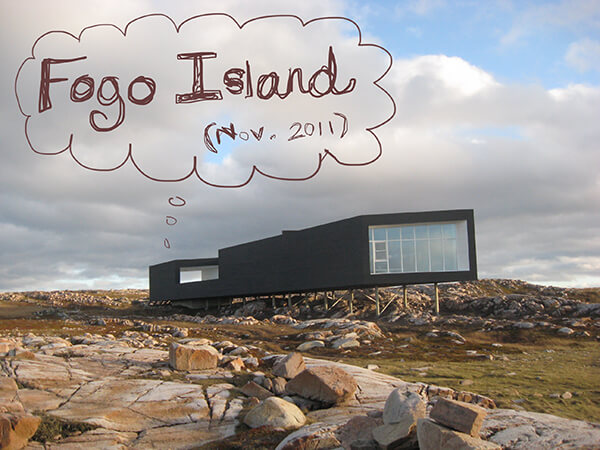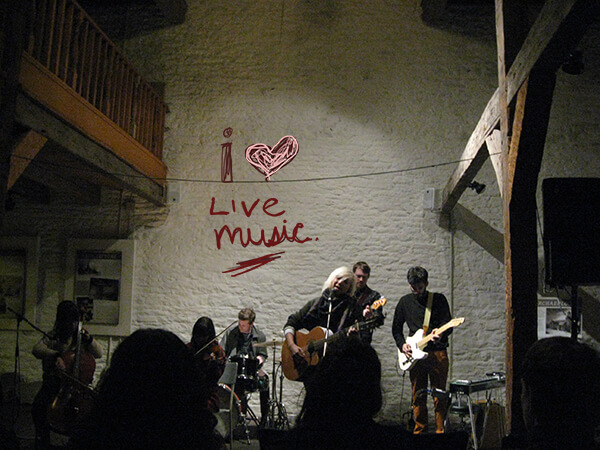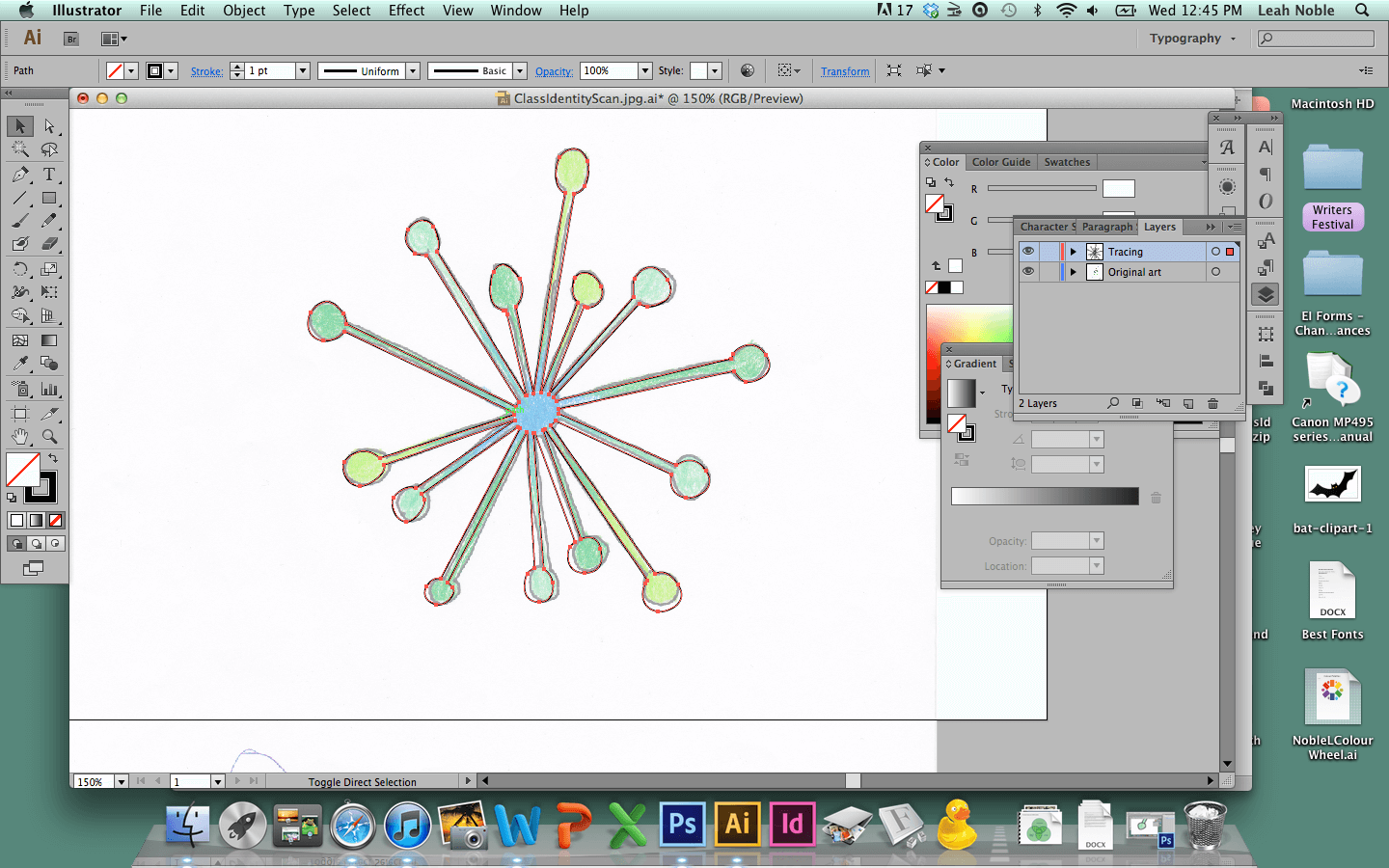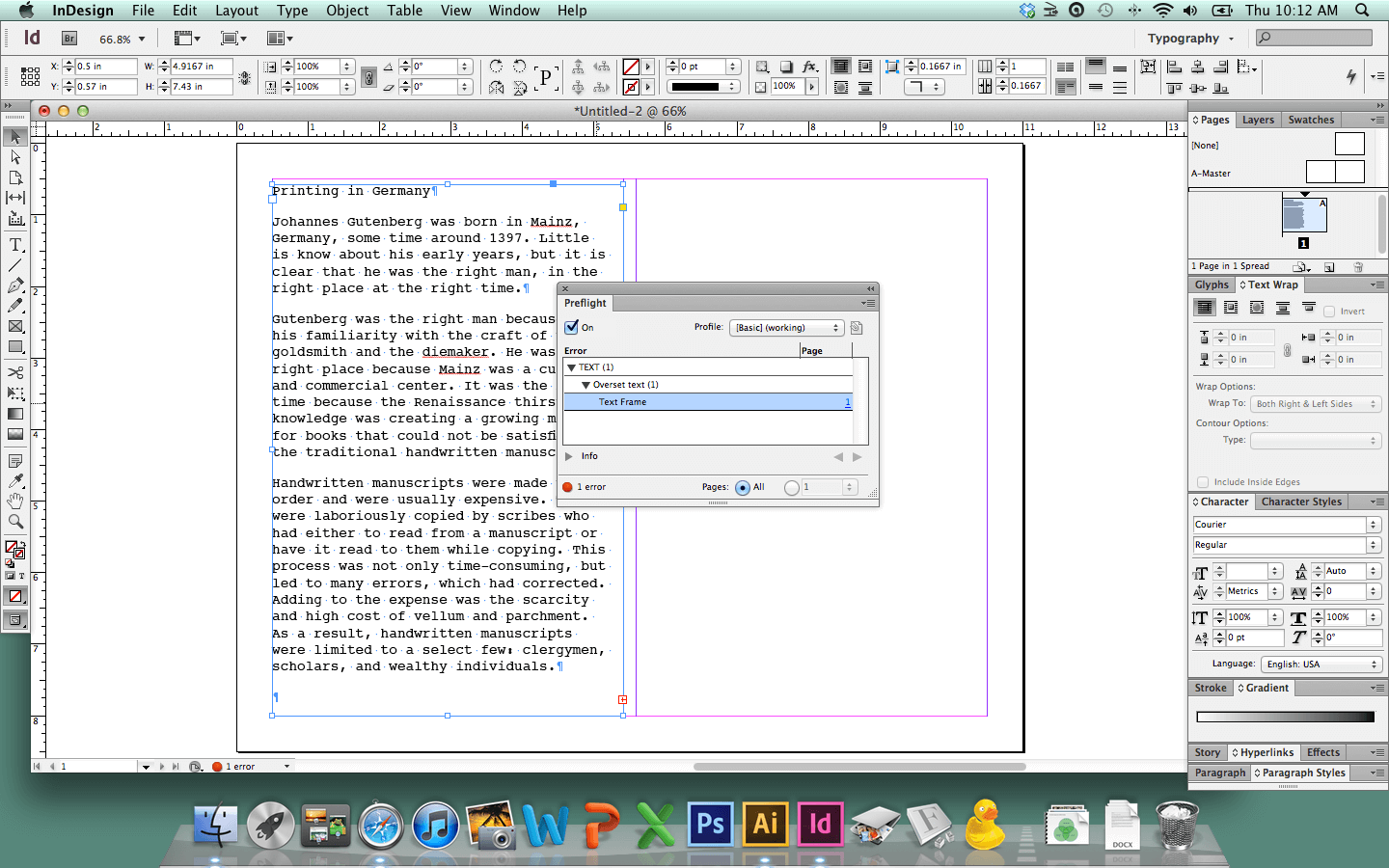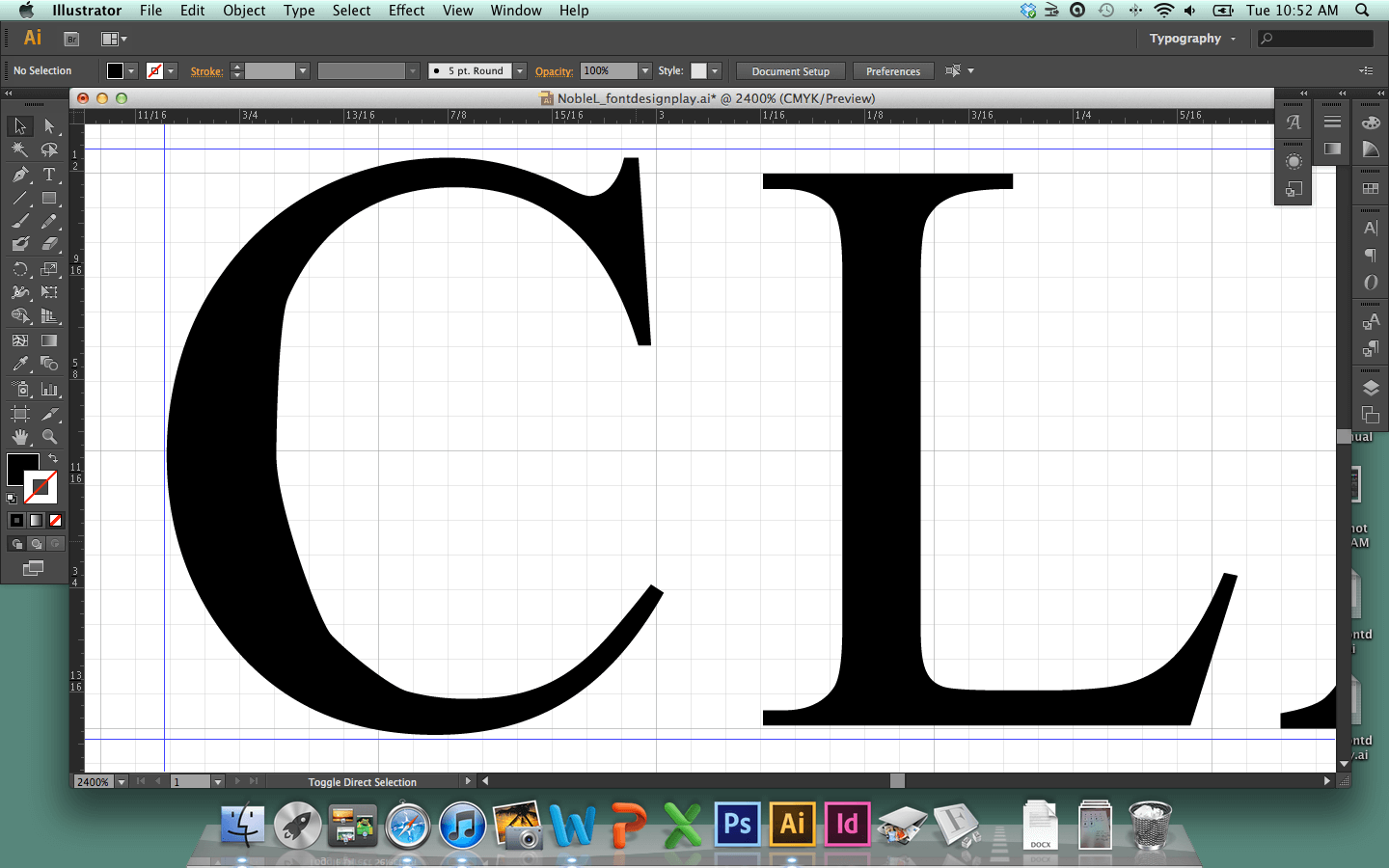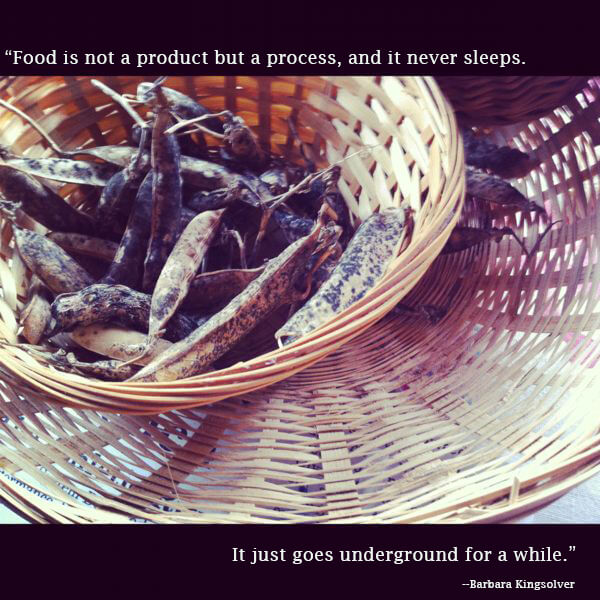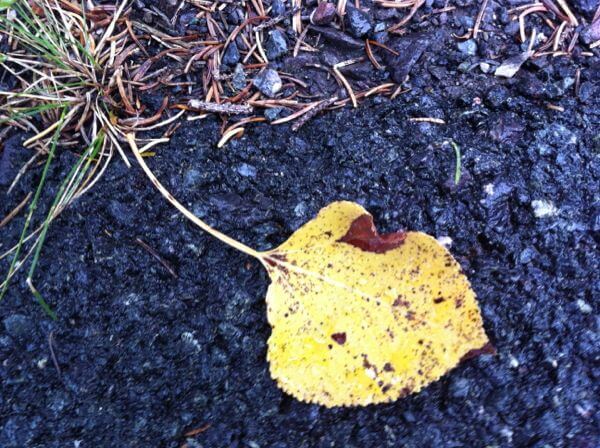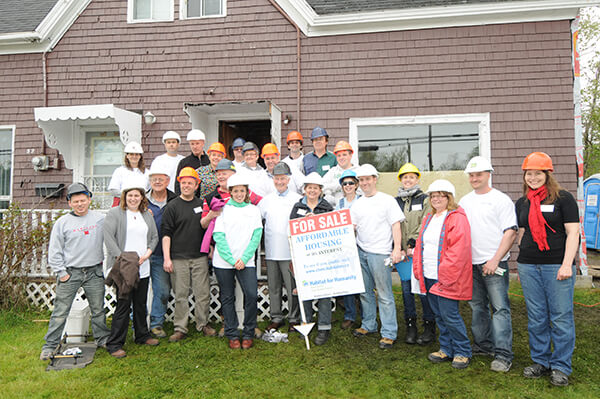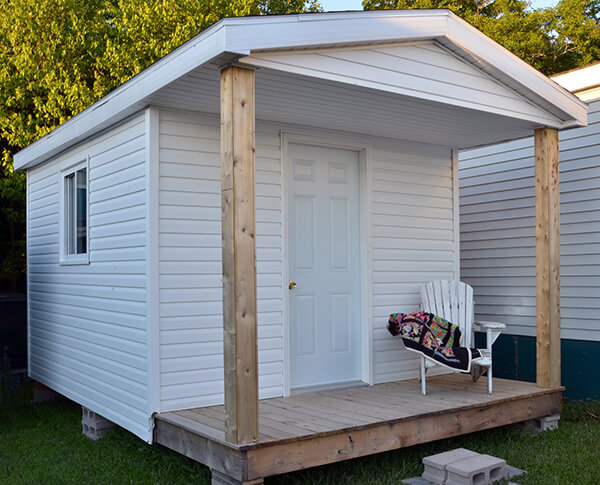Everyone says “Kids are expensive” and “babies require so much stuff!”
My partner Brian and I tried to argue against these statements before our child was born – “Nonsense,” we’d say, “Babies aren’t that expensive.”
But there is a truth to the statements. Most families don’t really plan out all the financial demands of having children. Feeding them, clothing them, entertaining them, educating them: it does add up.
But I’d like to think that Brian and I have lessened the financial burden by being frugal whenever possible.
As a librarian, I turned to books (as well as the Internet) to guide me in some of the purchasing choices a new parent has.
The Eco-Nomical Baby Guide : Down-To-Earth Ways For Parents To Save Money And The Planet
by Joy Hatch and Rebecca Kelley is a great primer on what to purchase for your baby.
I read this book before our baby was born and found it had great tips for how to set up the nursery and how to clothe and feed baby.
Here’s how our family employed some of money-saving and good-for-the-environment tips:
1. Cloth Diapers
The Eco-nomical Baby Guide has a great break-down of the “cloth vs disposable” debate. Personally, I never questioned whether to use cloth or disposable diapers. I knew I would be using cloth because I couldn’t bear the thought of all those diapers in the garbage!
I also assumed cloth would be cheaper but I soon found out cloth diapers can be quite expensive depending on the style and brand you choose. Being an innately frugal person I was appalled to see stores selling cloth diapers for $20 a piece, especially when I discovered I would need upwards of 2 dozen diapers for one child.
I was looking for something cheap and simple. I found good old-fashioned flat diapers. Essentially a flat diaper is a square of cloth folded and fastened with pins. This is kind of diaper that most of our grandparents and some of our parents used. This is what I wanted. It was cheap, simple, and best of all it would air-dry very fast so I wouldn’t have to buy a dryer.
You can buy Kushie’s flats at Walmart for $16 per six. I started with these and then moved on to DiaperRite Birdseye cotton flats which I ordered online (with shipping it came to $3.30 per diaper). These diapers can also easily be made out of any flannel or other absorbent natural cloth. DIY-ers can easily make their own flat diapers. Most cloth diapers need a waterproof cover; for mine I bought old sweaters at second hand stores and sewed wool covers.
So how much money am I saving? Babycenter.com and other online sites estimate that disposable diapers cost at least $800 a year. Most people like to have about 36 cloth diapers on hand, which can easily cost $500-800. The 36 diapers and covers I use cost roughly $160 and should last several years! (I did spend a little more at the beginning on some diapers and covers I’m not using anymore, so technically I’ve spent closer to $200 in total.)
There is an added cost in laundry, but if you don’t use a dryer you can cut down on those costs, too.

Diaper before it’s folded, folded and homemade longies or diaper cover pants which are made from a recycled sweater.
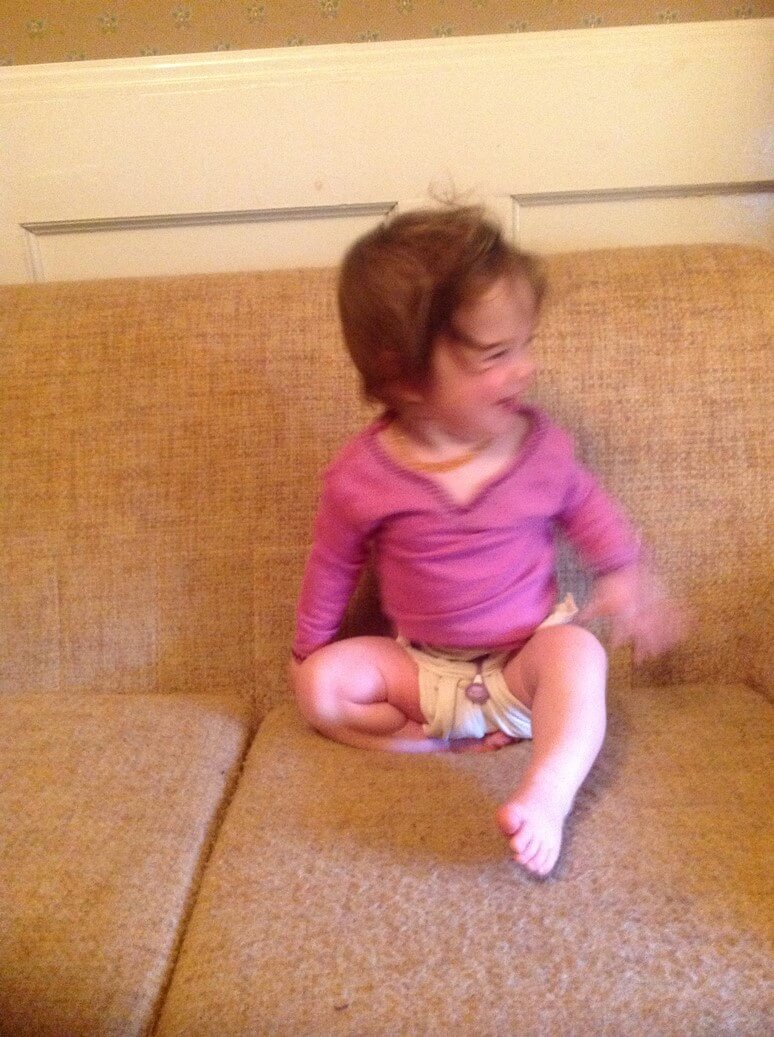
Miriel in the diaper, before the longies.
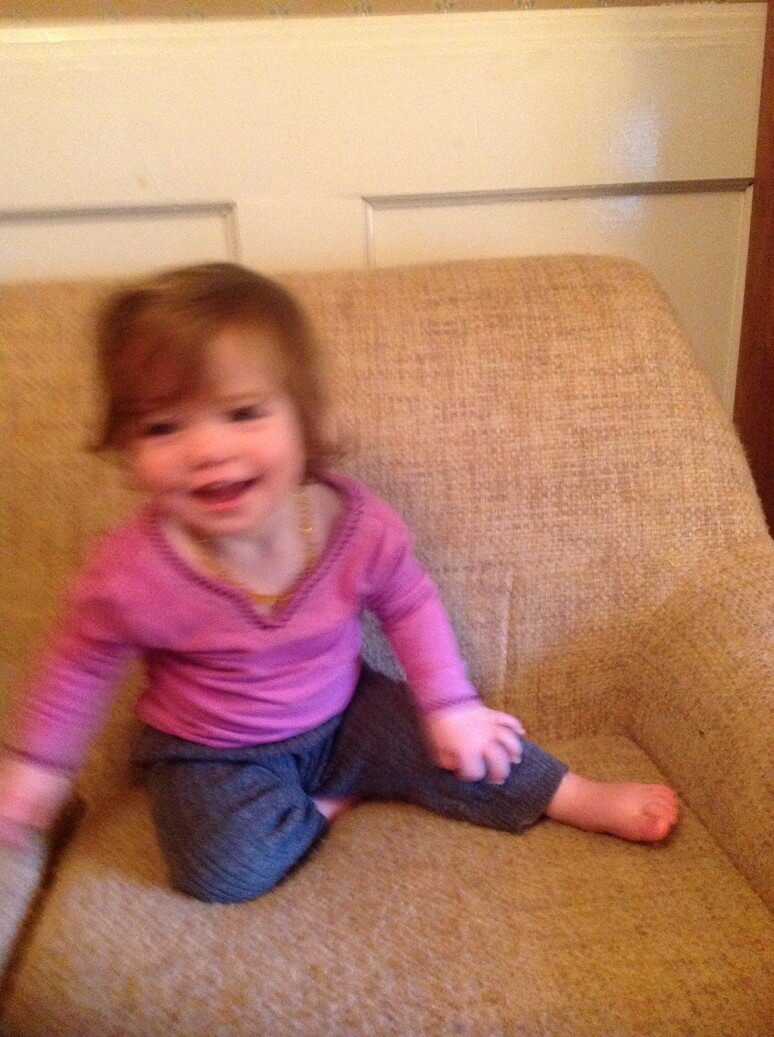
Miriel wearing longies, ready to roll!
If cloth diapers seem like a lot of work there is another solution: No diaper at all! In
Diaper-Free Baby,
Christine Gross-Loh explains “Elimination Communication,” which is like infant potty training, only it is not so much training, as it is guessing when baby needs to use the potty. We have tried this approach with some success especially outdoors in the summer.
2.
Saying no to toy shopping.
I don’t think I have bought any toys for Miriel – well, hardly any. The most expensive being a $10 used FisherPrice piano. 95% of her toys were gifts. Babies do need to play with different objects to learn about the world but these don’t always have to be “toys.” In fact a baby’s favourite objects are usually the ones they see their mom and dad play with, such as car keys and remote controls. Other great versatile and inexpensive toys are balls and building blocks.
3.
Buying used furniture and “freecycling”
As long as you make sure the furniture you buy is safe there’s no reason not to buy used, especially for dressers, playpens, bassinets, and bouncy chairs. We were a little overly optimistic at the beginning and didn’t buy a bouncy chair or swing – we ended up getting both as gifts and the swing was such a blessing!
We also resisted getting a playpen because we weren’t sure how much it would be used. In hindsight we could have used one earlier, but I think waiting to make purchases is a good practice. When we wait we have more time to reflect on what products best suit our needs. Capebreton.kijiji.ca is a great source for used items. To save time you can set-up e-mail alerts for save searches. That way you don’t have to remember to visit the website everyday.
4.
DIY Baby-Carriers
Moby wraps and ring slings can be made very easily at a tenth of the cost of buying. I made a “Moby” wrap by buying 5 yards of slightly stretchy fabric and cutting it in half down the length. It cost me $12 for two wraps instead of $65 for one! Great instructions for making all kinds of wraps and carriers can be found for free online.
5.
Baby-Led Weaning and Homemade baby food.
The library has lots of books on making your own baby food such as
Better Baby Food: Your Essential Guide to Nutrition, Feeding and Cooking for All Babies and Toddlers by Daina Kalnins and Joanne Saab and Baby-Led Weaning Cookbook by Gill Rapely. I followed the Baby-led weaning method with our daughter. It was very easy and pretty much free.
Baby-Led Weaning is about letting your baby explore food at their will by giving them manageable finger foods starting at 6 months. Instead of baby cereal and tiny jars of baby food give baby a banana or cooked sweet potatoes and enjoy watching them discover the food. Lots of veggies and fruit can be prepared as easy finger foods and for the more difficult ones such as spinach you can make your own purees with a blender.
6.
Hand-me downs and used clothes
Before buying any clothes new, ask other families if they have anything to give away or try freecycle, a website where you can give and get stuff for free. We actually were blessed with having too many baby clothes given to us! Thrift stores and Kijiji can also be great for find used clothes.
Overall I think we’ve saved a lot of money and with fewer shopping trips and less clutter we are all more at peace. Which is a blessing when you have a newborn!
About Erin the Librarian: Erin Phillips has been interviewed on Dream Big Cape Breton, along with her partner Brian Dean, a luthier. She is a Whitney Pier resident and is the Victoria County Libraries Supervisor for the Cape Breton Regional Library. (Note: her views and opinions as expressed in the blog do not represent the views of CBRL.)
More Erin the Librarian columns on this blog:
And more Frugal Friday columns, by a variety of authors, on this blog:

